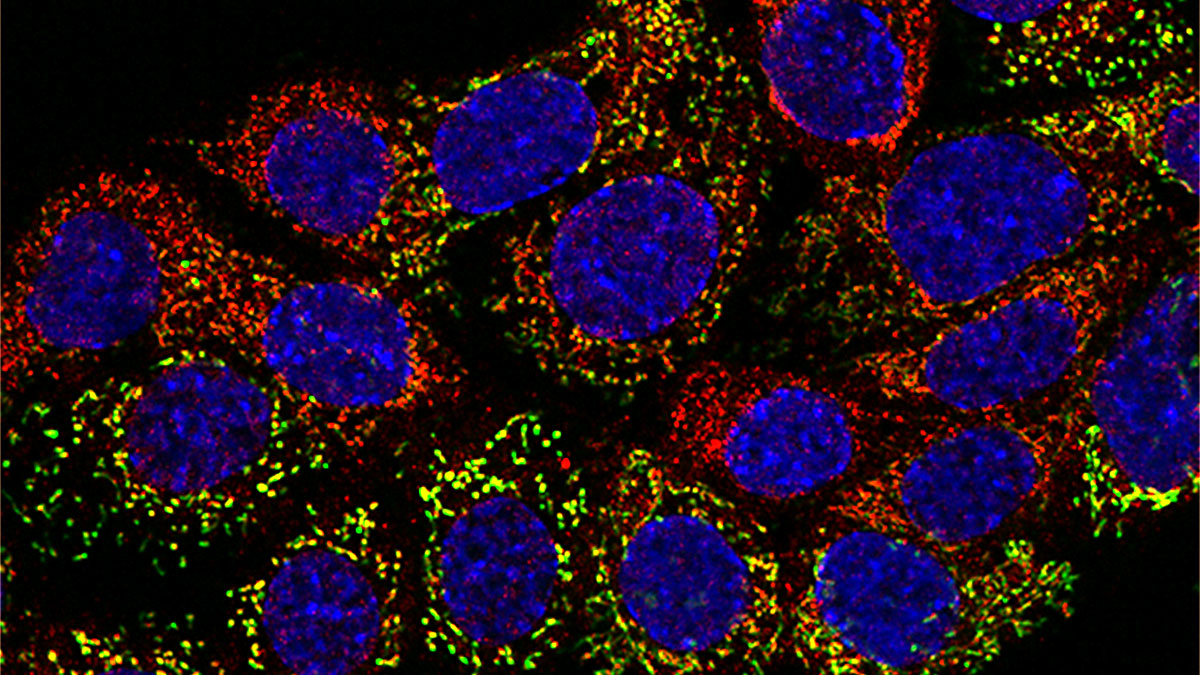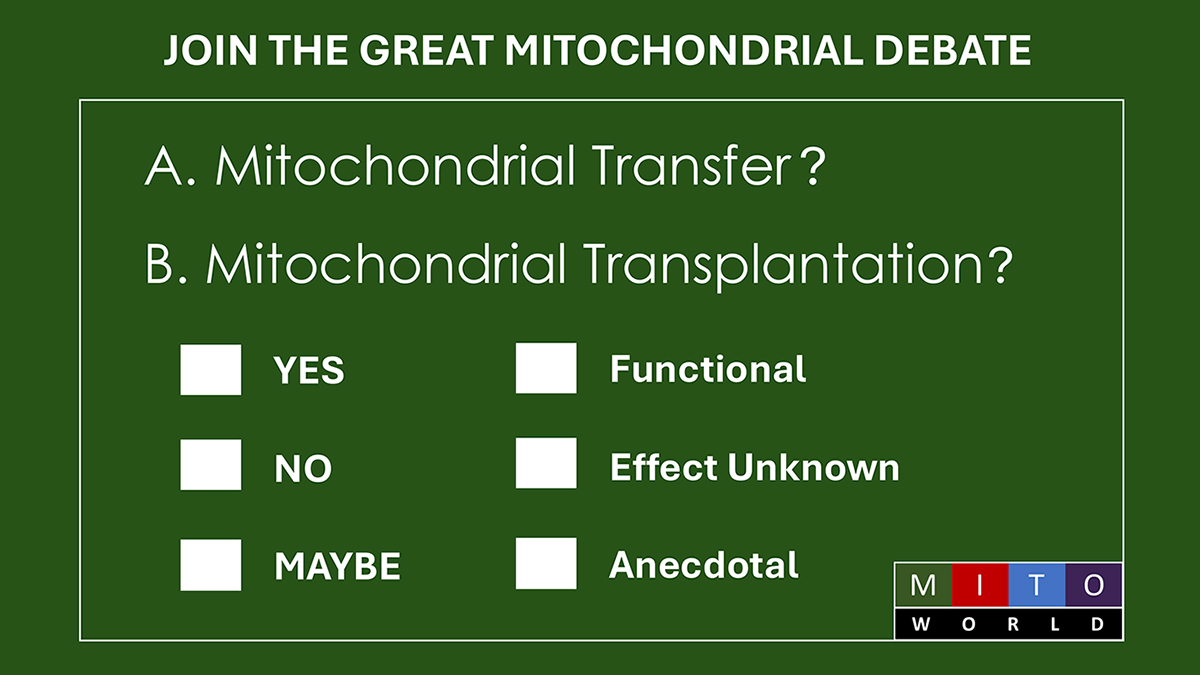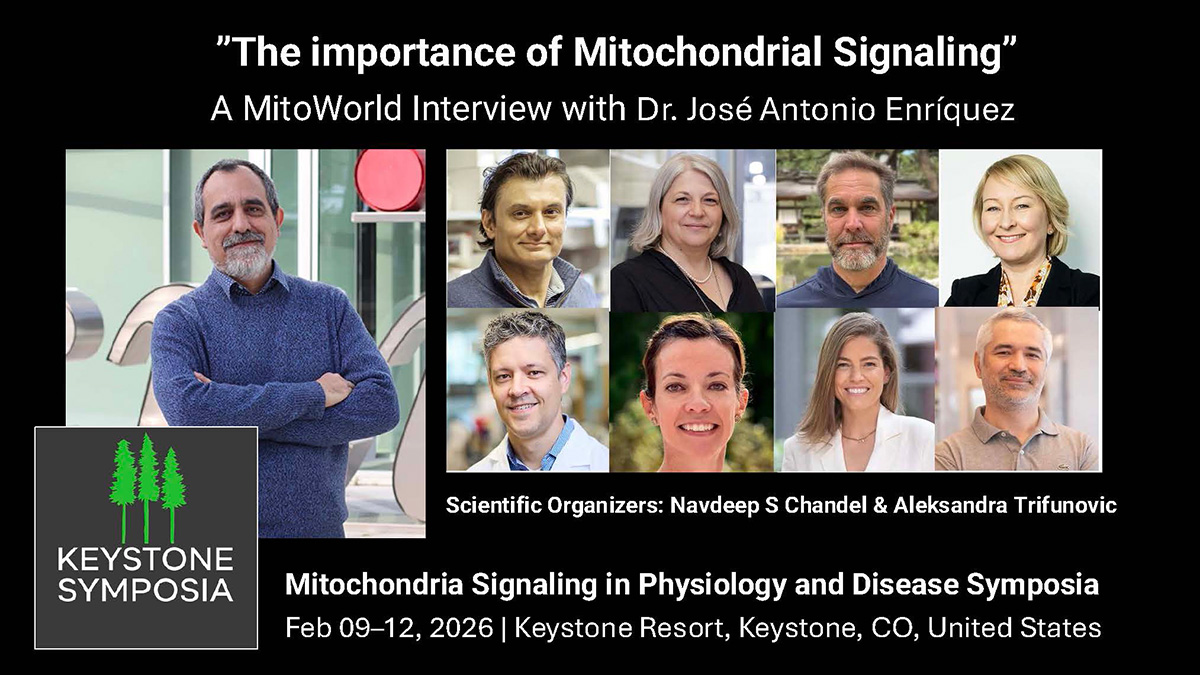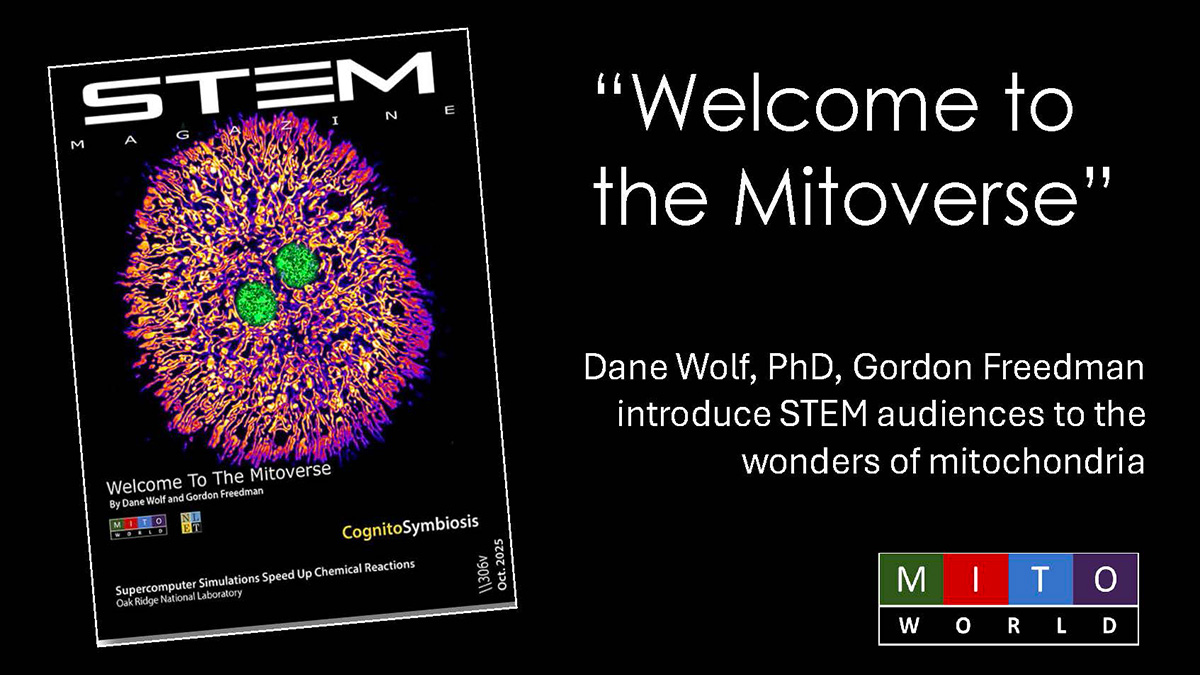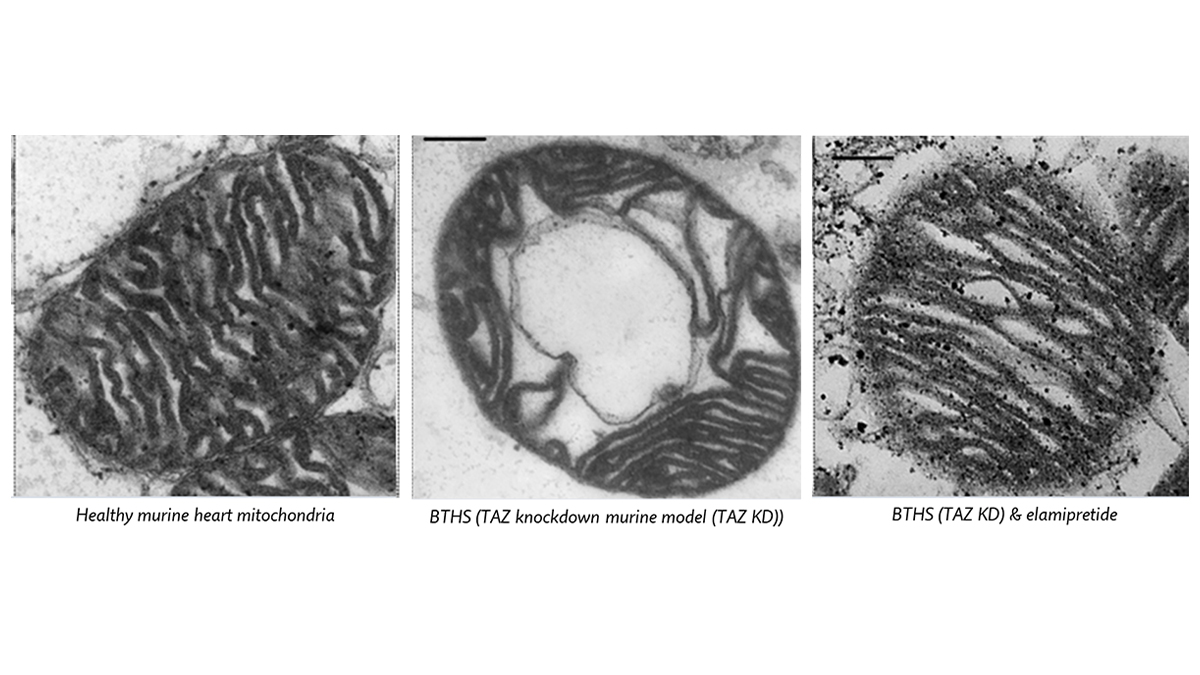
How Evolution Shapes the OxPhos Machinery: New Insights from Structural and Genomic Analysis
Preface:
If we consider that mitochondria are the power plants of the cell, it may come as no surprise that they house a complex array of molecular machines, fine-tuned to churn out copious amounts of energy. What is remarkable, however, is that the blueprints for this machinery are rolled up in two distinct genomes—one nuclear, the other mitochondrial. This dual-genome system presents both challenges and opportunities to the cell in its never-ending quest to produce energy and adapt to an ever-changing world.
Each day, we synthesize roughly our own body weight in adenosine triphosphate (ATP) molecules, the universal energy currency that powers nearly every biological function1. Mitochondria—abundant in virtually all human cells—are the primary source of this ATP, synthesizing it from the oxygen we breathe and the nutrients we consume. The molecular machines that perform this astonishing work, every moment of every day, are situated in the inner mitochondrial membrane (IMM) and are known as the respiratory complexes (RCs). Together, complexes I through IV create an electrochemical gradient of protons across the IMM; these protons subsequently pass through complex V, driving its rotary mechanism and catalyzing ATP synthesis.
For these RCs to function efficiently, nearly 100 protein subunits must assemble in the IMM—a feat made more complex by the need to coordinate expression across two separate genomes: the diploid nuclear genome and the numerous circular copies of mitochondrial (mt)DNA distributed throughout the dynamic mitochondrial network. Significant genetic mismatch between these genomes can result in mitonuclear incompatibility, disrupting OxPhos assembly and ATP production.
Although the molecular mechanism of OxPhos is coming into focus in increasingly granular detail, an ambitious new study—published in Cell Genomics, from the lab of José Antonio Enríquez—traces the fundamental role of evolution in shaping the RC subunits at both the population and individual levels2. Over the course of more than 6 years, the authors conducted detailed analyses of each of the OxPhos subunits, integrating comparative genomics, protein structural modeling, and rigorous statistical analysis to produce a comprehensive map of both the diversity and the evolutionary constraints operating within this critical energy-producing system.
Notably, examination of more than 2,500 genotypes in the 1000 Genomes Project revealed an unexpected plasticity in the extent to which individuals could assemble different versions of the OxPhos machinery, based on the inherent variability stemming from diploidy and heterozygosity (i.e., different versions of the same gene coming from maternal and paternal chromosomes). For example, over 90% of people analyzed in this study could assemble at least two configurations of complex I. In the cases of complexes IV and V, no individual could assemble only a single version of the molecular machines. Thus, contrary to prior assumptions, the OxPhos machinery is not a rigid structure but a dynamic ensemble, that assembles in multiple configurations, depending on an individual’s genetic makeup. Moreover, a systematic analysis of individual amino acid residues—encoded by mtDNA, X, or autosomal chromosomes—demonstrated that the mitochondrial genome, due to its elevated mutation rate, represents a key source of variation and adaptability in human populations.
To further probe the evolutionary dynamics of the OxPhos proteins, the authors developed a novel methodology, called ConScore, for evaluating the extent to which specific amino acid residues are conserved across evolution. How compatible OxPhos protein subunits may be with one another depends substantially on how well they fit together in the larger 3D macromolecular complexes. Therefore, interface residues (IFRs) represent key determinants of mitonuclear compatibility. While interface residues (IFRs) in nuclear-encoded subunits—particularly those encoded on autosomes—are highly conserved, those in mtDNA-encoded subunits are surprisingly variable. This increased plasticity likely reflects an evolutionary mechanism that facilitates compatibility between divergent nuclear and mitochondrial genomes, especially at heterologous binding sites.
Despite this flexibility observed in heterologous IFRs encoded by mtDNA, 65–75% of all OxPhos residues exhibit no variability. Moreover, for many OxPhos genes, one of the two alleles is preferentially expressed, a phenomenon known as allelic imbalance. This early developmental bias constrains which subunits are effectively produced, thereby limiting the potential variability at the protein level—even when multiple variants are present in the genome.
Overall, this study illuminates the evolutionary forces that shape the essential OxPhos machinery. It reveals how cells balance strict functional requirements with surprising structural plasticity—maintaining energy production while allowing adaptability through mechanisms like mtDNA variation, allelic imbalance, and isoform diversity. These findings deepen our understanding of mitochondrial biology and offer insights relevant to disease, aging, and speciation.
MitoWorld: Oxidative phosphorylation requires the coordinated assembly and activity of numerous protein subunits from the nuclear and mitochondrial genomes. What was the inspiration for your study, and what key gaps in knowledge did you aim to address at the outset?
Mito-nuclear incompatibilities are widely recognized not only as drivers of speciation but also as key contributors to mitochondrial diseases in humans. The goal of our study was to better understand the evolutionary trajectory of oxidative phosphorylation (OxPhos) from vertebrates to modern human populations at the finest possible resolution—down to individual amino acid residues. We focused on two main objectives. First, we aimed to identify evolutionary patterns among respiratory complexes or subunits, distinguishing them based on their coding genome or mode of inheritance (mtDNA-encoded, nuclear autosomal-encoded, or X-chromosome-linked). Second, we sought to refine the current understanding of functional constraint in human OxPhos proteins at the residue level, by comparing conservation patterns across nested phylogenetic scales: vertebrates, mammals, and primates. All analyses and interpretations were conducted with a strong emphasis on molecular 3D structures, which serve as the central framework of this work.
MitoWorld: From an evolutionary perspective, what key differences did you identify between the mitochondrial and nuclear genomes?
The behavior of these two genomes shows distinct variation in relation to the respiratory complexes, most notably in complexes I (CI) and IV (CIV). Our findings suggest that mitochondrial DNA (mtDNA) functions not only as an evolutionary driver, facilitating speciation, but also exhibits a continuous dynamic role. This supports the hypothesis that the capacity for change (defined by the mutational rate of mtDNA) is a conserved trait. At the population level, this capacity for change enables mtDNA to undergo selective sweeps that help to balance the heterozygosity in nuclear-encoded OxPhos subunits. The result is the emergence and maintenance of viable mitonuclear combinations that highlight a cooperative, co-evolutionary process between the two genomes.
MitoWorld: Your study integrated genomic analyses with structural data. How did bringing together information from these different disciplines enhance your overall understanding of the OxPhos system?
Genetics or genomics and structural biology, although developed and studied as independent branches of biology, are deeply interconnected. Genetic changes often gain biological and evolutionary significance when they manifest as phenotypic traits, particularly through alterations in proteins, whose function is closely tied to their 3D structure. Moreover, certain evolutionary trends can only be observed by examining their impact on protein structures, such as the differential evolutionary patterns in binding sites.
MitoWorld: You used extensive datasets like the 1000 Genomes Project and gnomAD v3. Were there any limitations or biases in these datasets that might affect how we interpret the variability and constraints you observed?
Certainly, these databases, while representing a significant effort to cover human variability, are far from a comprehensive picture of the human genetic diversity. Therefore, we complemented human variation data with comparative analyses across other phylogenetic groups, anchoring our interpretations in evolutionary conservation and maintaining a focus on human protein structures. This cross-species perspective allows us to broaden our understanding of the functional significance of specific residues by examining their tolerance to change.
MitoWorld: Throughout your analysis, what results did you find most unexpected, and how did they shift your view of the respiratory complexes?
One of our most surprising findings was the prominent role of heterozygosity as a critical source of individual genetic variability, supported by analysis from the 1,000 Genomes Project. In a biological system, such as OxPhos, which is governed by the interplay and coevolution of two separate genomes, this observation raised the fundamental question about how such variability is managed at the molecular level. This led us to investigate allelic imbalance as a possible mechanism. To delve deeper, we focused on a pronounced example (hybrids between subspecies). Our findings revealed that allelic imbalance serves not only as an evolutionary means to mitigate heterozygosity but also as an indicator of additional regulatory complexity. It directly impacts the precise coordination required for the expression and assembly of multi-component systems; mismatches in this process may predispose to disease. Another striking result was how strongly selective pressures shape the 3D landscape of functional constraints within OxPhos complexes. This 3D map reflects the intricate evolutionary pressures at play on protein structure and function at the residue level.
MitoWorld: To evaluate the extent to which individual amino acid residues of the respiratory complexes are conserved, you developed a methodology called ConScore. Can you explain how this works and why it can shed light on the impact of mutations in different regions of a protein?
ConScore measures how conserved a specific position in a protein is, helping us to understand how likely it is to tolerate mutations. It combines information from variations in humans and other species (using sequence alignments) to show which changes at that position are allowed by evolution.
MitoWorld: How do you think that ConScore could be leveraged to characterize the genetic underpinnings of different pathologies associated with OxPhos dysregulation, such as mitochondrial diseases, cancer, or neurodegeneration?
Benchmarking results suggest that the ConScore can be directly applied to variant prioritization. However, to realize its full clinical potential, we envision two complementary directions for future development. First, we aim to evaluate its applicability beyond OxPhos components, extending its use to proteins that interact with OxPhos pathways. Second, we propose incorporating ConScore as a feature within machine-learning models to develop a more refined tool for assessing the pathogenicity of mutations.
MitoWorld: Mitochondrial transplantation or transfer involves the incorporation of mitochondria through different strategies, such as injection, vesicular transport, or intercellular bridges. Your study highlights the importance of mitonuclear incompatibility. How can we potentially optimize the coordinated expression and function of the hundred or so OxPhos subunits in the context of potential therapies?
Our previous work already found that this may be a relevant issue from a clinical point of view (PMID: 35236094; PMID: 32832682; PMID: 31588014; PMID: 27383793). Here we developed and refined in silico models of the OxPhos respiratory complexes that can be used to investigate ConScore-guided sequence variations in nuclear and mtDNA-encoded OxPhos components to anticipate compatibility issues, supporting further research in this area.
MitoWorld: Your work suggests that the high mutation rate of mtDNA is not just a vulnerability but may be an adaptive feature. Do you think that mtDNA mutability itself has been selected for during evolution?
The answer is yes. The symbiosis that led to the origin of eukaryotic cells incorporated mtDNA from the very beginning. Therefore, the mutation rate of each chromosome, including the mtDNA, has been optimized for evolutive success. This idea was also suggested by Wallace in 2010. In our study, we observed that, compared to nuclear-encoded subunits, the variability in mtDNA-encoded subunits is higher between species (with some exceptions, depending on the respiratory complex) and within human populations. Moreover, interface residues in mtDNA-encoded subunits show greater variability than other regions of the same proteins, suggesting a relaxation of selective constraints that is maintained even among humans.
These patterns support the idea that mtDNA mutability should not be understood as a vulnerability, but rather an evolved feature that contributes to functional flexibility and adaptive potential, especially in the context of mito-nuclear coevolution. The increased mutation rate in mtDNA could allow more rapid exploration of sequence space, enabling compensatory adaptations in response to changes in nuclear-encoded partners or environmental pressures. While more evidence is needed to confirm whether mtDNA mutability itself has been directly selected for, our results are consistent with the hypothesis that this feature plays an adaptive role in fine-tuning oxidative phosphorylation and maintaining mito-nuclear compatibility.
MitoWorld: What are some big outstanding questions relating to how evolution molds the OxPhos machinery?
Well, a challenge to address is investigating the functional differences in the OxPhos system among phylogenetic groups and their adaptive significance across various ecosystems. This exploration should occur at the residue, protein, respiratory complex, and supercomplex level.
References:
1. Lane, Nick (2018) Power, Sex, Suicide: Mitochondria and the Meaning of Life. Oxford University Press, Oxford, UK.
2. Cabrera-Alarcón JL, Rosa-Moreno M, Sánchez-García L, Agustín PH, Jiménez-Gómez MC, Martínez F, Sánchez-Cabo F, Enríquez JA (2025) Structural diversity and evolutionary constraints of oxidative phosphorylation. Cell Genom. 100945. doi: 10.1016/j.xgen.2025.100945. Epub ahead of print. PMID: 40614727.


